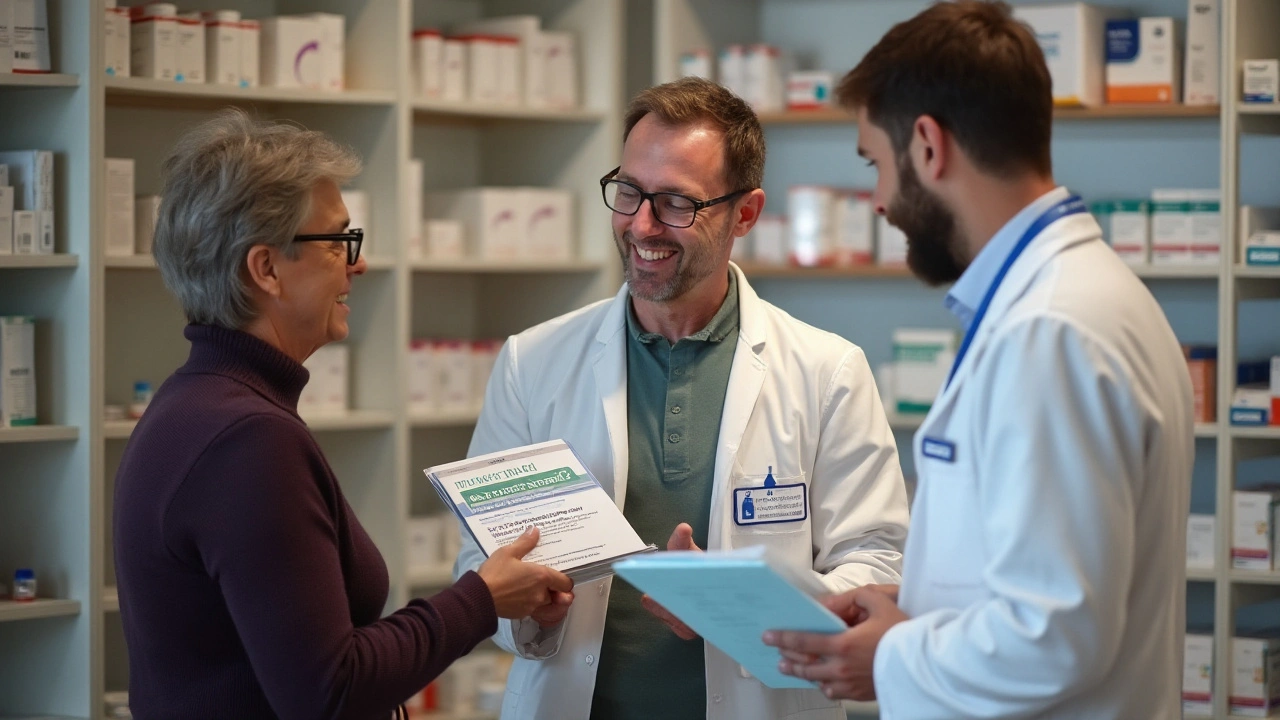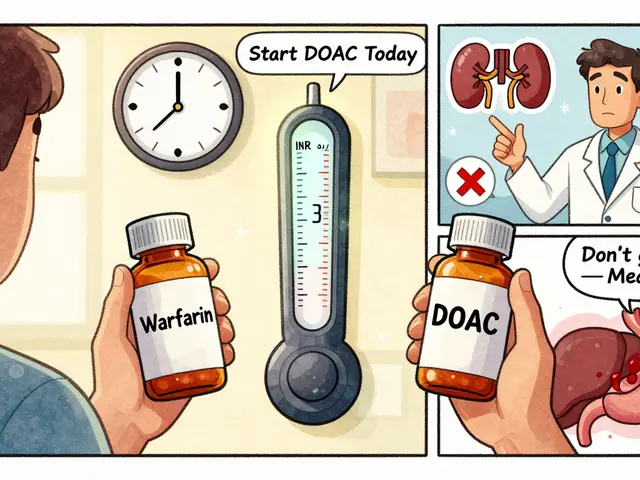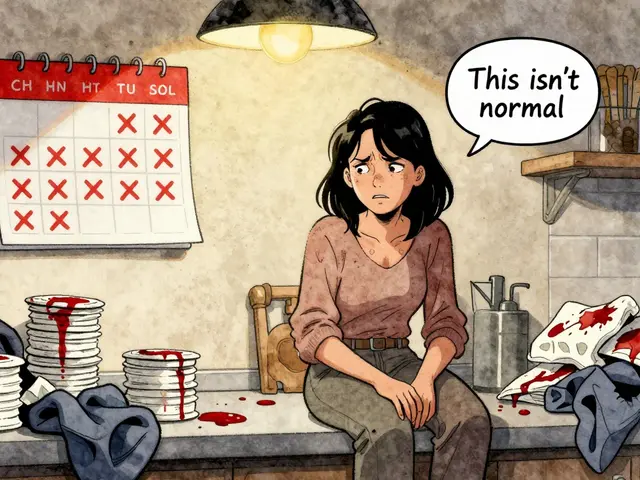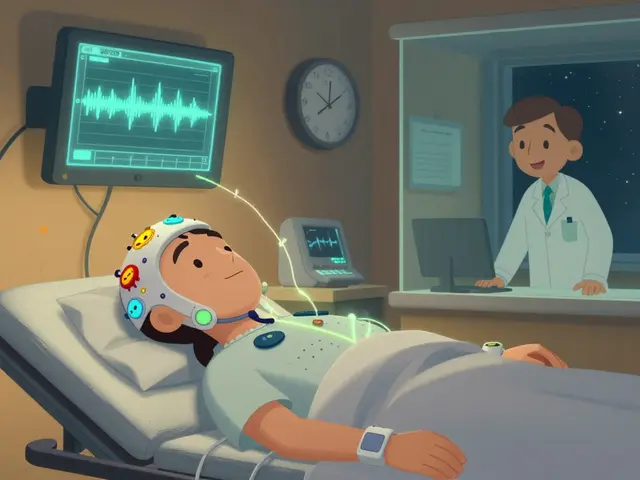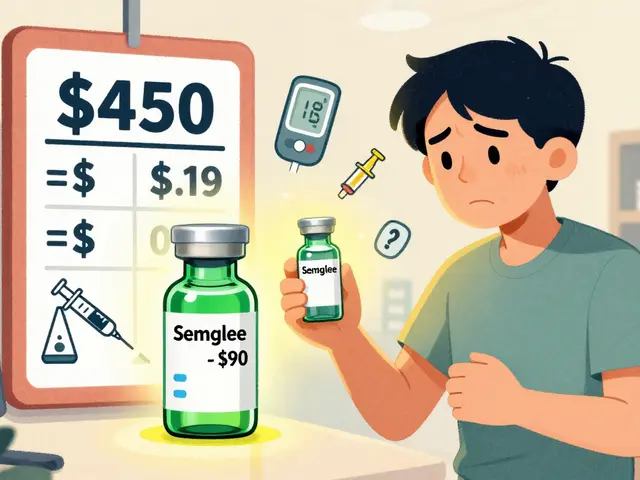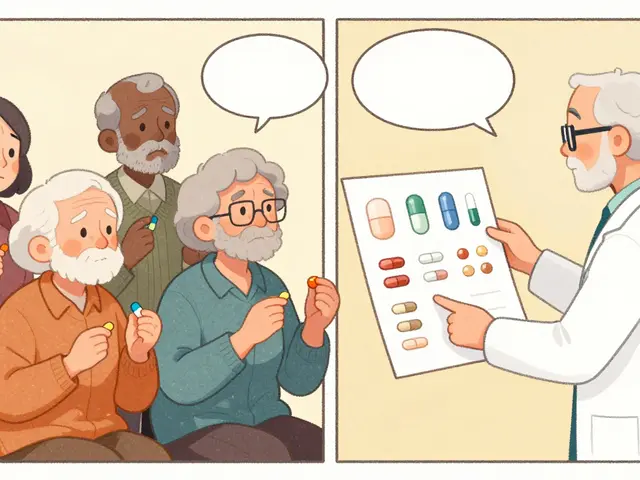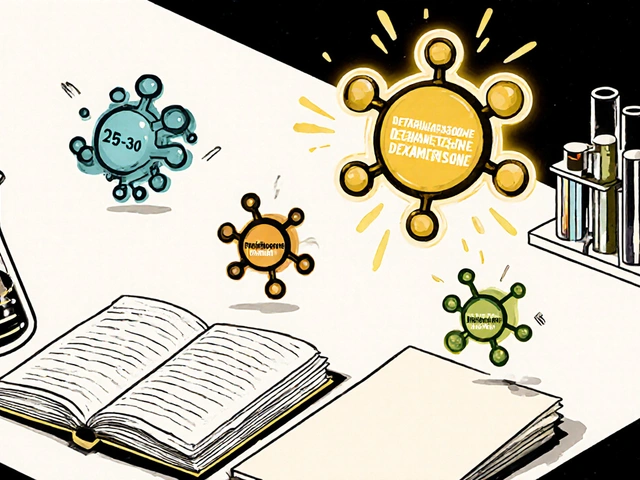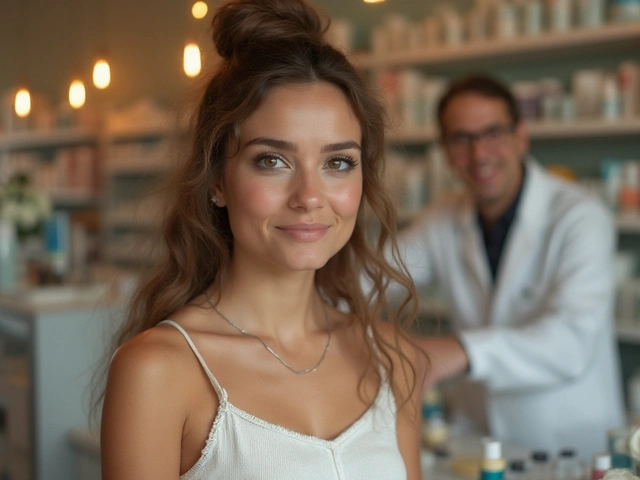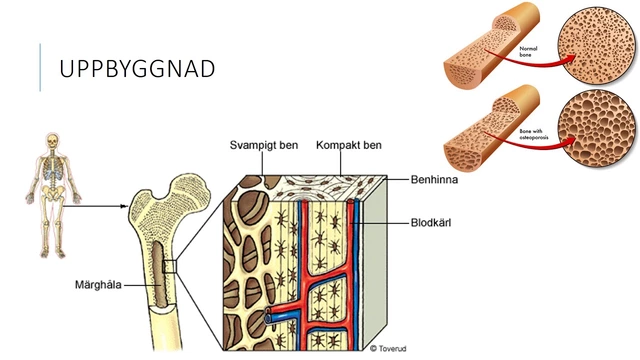January 2025 Archive – Entecavir Side Effects & Acne Alternatives
If you stopped by CanShipMeds in January, you probably saw two posts that tackled real‑world medication questions. One broke down what to expect when taking Entecavir for hepatitis B and gave simple ways to handle the common side effects. The other listed nine different options you can try if Isotroin isn’t working for your acne. Below is a quick rundown so you can grab the key points without scrolling through each article again.
Managing Entecavir Side Effects
Entecavir works well against hepatitis B, but it can bring headaches, nausea, or tiredness that make daily life feel off. The first thing to do is keep a symptom diary – note when you feel something and what you ate or did beforehand. This helps spot patterns and shows your doctor if anything needs adjusting.
Staying hydrated is a cheap but powerful tool. Drinking enough water can ease mild nausea and keep your kidneys happy, especially since Entecavir passes through them. Pair that with small, frequent meals instead of big ones to keep stomach upset at bay.
If you get a headache, try an over‑the‑counter pain reliever like ibuprofen or acetaminophen – just follow the label and let your doctor know if headaches persist. For fatigue, short walks after meals can boost energy without overexerting yourself. Light exercise also supports liver health, which is the main goal of Entecavir therapy.
Don’t ignore severe reactions. Symptoms like yellowing skin or dark urine could signal liver trouble and need immediate medical attention. Same goes for rash, swelling, or difficulty breathing – those are rare but serious signs of an allergic response.
Finally, keep your appointments. Blood tests every few months let your doctor see how the virus and liver are responding, and they provide a chance to tweak dosage if side effects become too much.
Top Alternatives to Isotroin for Acne
Isotroin works for many people, but if you’ve hit a wall or experience annoying side effects, there’s a whole menu of options. Here are the nine alternatives we highlighted, grouped by how they attack acne.
- Topical retinoids – Tretinoin and adapalene unclog pores and speed up skin turnover. Start with a low strength to avoid irritation.
- Benzoyl peroxide – Kills the bacteria that fuel pimples. It can dry out skin, so follow up with a gentle moisturizer.
- Azelaic acid – Reduces redness and kills acne‑causing microbes without harsh dryness.
- Oral antibiotics – Doxycycline or minocycline lower inflammation. Use them short term to avoid resistance.
- Hormonal therapy – Birth control pills with estrogen can balance hormones that trigger acne, especially in adult women.
- Spironolactone – An anti‑androgen that works well for hormonal breakouts on the lower face and jawline.
- Light therapy – Blue LED light kills bacteria; it’s a painless in‑office option or at‑home device.
- Chemical peels – Salicylic acid or glycolic acid peels remove dead skin and reduce clogging.
- Diet adjustments – Cutting down high‑glycemic foods and dairy can improve acne for some people.
Pick one or combine a couple based on your skin type and how severe the breakouts are. Always start slow; a new product can cause an initial flare‑up before it settles in. If over‑the‑counter choices don’t help after a few weeks, schedule a visit with a dermatologist for prescription strength options.
Both of these January posts were written to give you practical steps you can try today. Whether you’re dealing with Entecavir side effects or searching for the right acne solution, the key is to monitor how your body reacts and stay in touch with a healthcare professional. Got more questions? Keep checking CanShipMeds for fresh guides and easy‑to‑follow advice.


